With the number of vaccinations rising globally, Leeson Medhurst, Head of Strategy at Peldon Rose is looking at how employers can get people back to work, in the safest way possible.
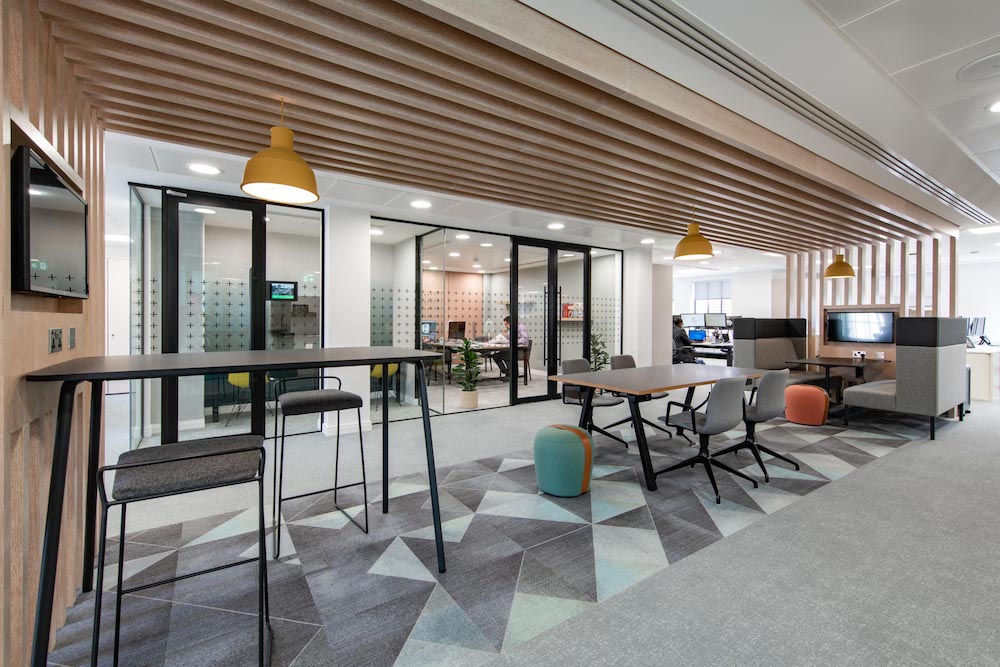
There is no question that the effects of the COVID-19 pandemic will be felt in workplaces for years to come. Our lives are still changing on a daily basis, but as restrictions are gradually relaxed in some countries and vaccination numbers around the world rise, our attention is naturally shifting to what the future holds.
For many businesses it is a time to focus on adapting and understanding how to operate safely and efficiently in the so-called ‘new normal’. Despite the promising roll out of the vaccination program, a hybrid of home and office-based working is likely to remain the norm for many companies. That said, people are steadily regaining confidence and are spending more time in offices as part of a more flexible approach. This means there needs to be a concerted focus on how to integrate better standards of hygiene, social distancing and a sense of collective responsibility into the workplace.
So, what does the post-pandemic and indeed post-vaccine office look like, and what can people expect to see when they do return?
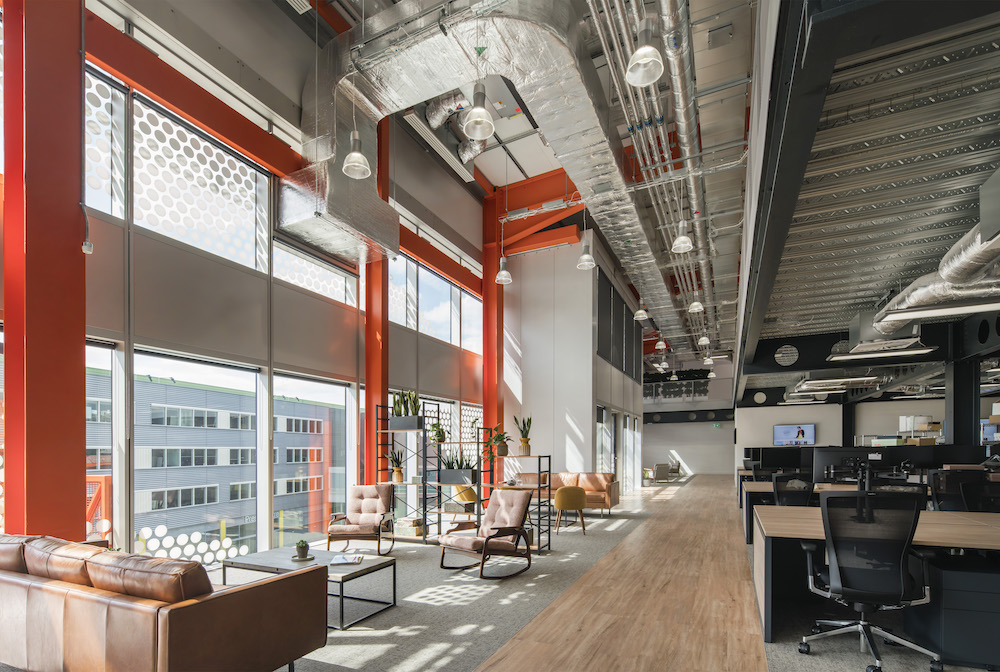
The function of the new office
The pandemic has made many of us realize that the office is a home of collaboration, it is key to maintaining and fostering workplace culture and allows a greater focus on employee wellbeing. Recent research has shown that 84 percent of business leaders still say a physical workplace contributes to instilling vision and purpose to their employees, suggesting that the majority of businesses will continue to keep a physical workplace going forward and that this wasn’t the ‘work from home revolution’ first heralded in early 2020.
However, despite its many benefits, as an industry we must not simply adopt a one-size-fits-all approach and need to work hard to flex and respond to the needs of both individual companies and individuals. This is where workplace strategy teams have an important role to play in helping clients analyze the potential benefits of a particular office and then they can work together to help create the best space. When it comes to the function of the office, we’re seeing that it’s no longer a location to sit at a computer and work through a backlog of emails, but rather a destination for team building and a place for people to come together. That means that the office interior will need to shift away from being desk-based and towards shared space. The key thing here will be doing this safely, so that employees feel reassured that they are safe to be at work, while also working in an environment that feels friendly, natural and conducive to productivity and collaboration. Workforces have felt the brunt of being kept in isolation for over a year, so it’s also vital offices are a place they want to return to, and considering elements like biophilic design is a key part of achieving this.
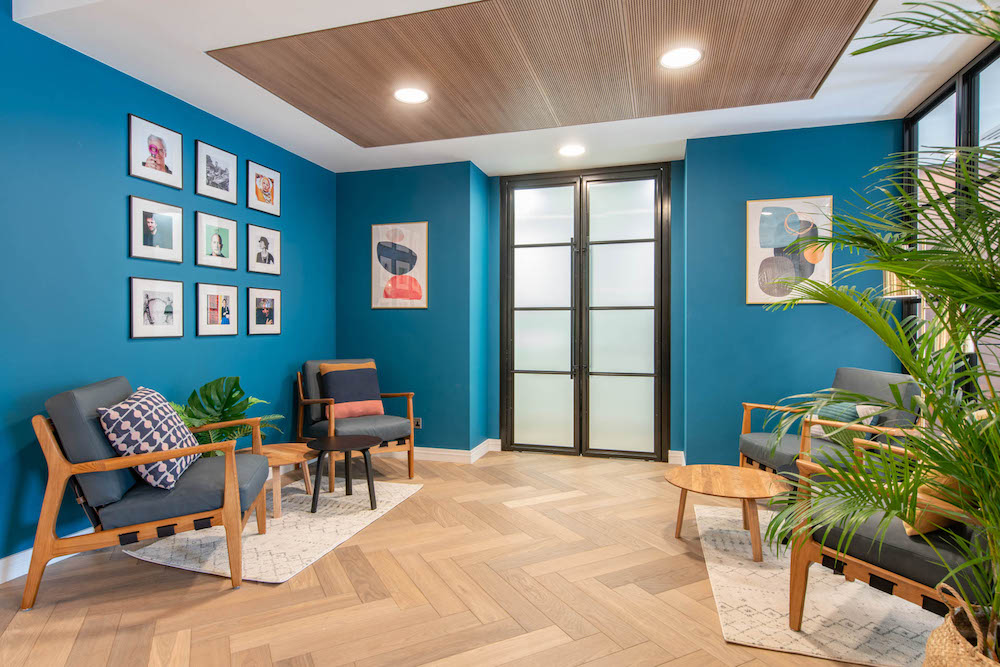
Incorporating natural light, ventilation and even landscaping features help to create a more productive and healthier environment. Recent research reflected this too, with 74 percent wanting better access to fresh air at work and 68 percent of respondents citing more natural light as the key to a positive working environment.In terms of other design considerations, the trend towards open plan working was already accelerating at speed pre-pandemic and it won’t slow down in a post-vaccine world. The main immediate change here will be the installation of temporary subtle employee safety measures, which many have already facilitated. These include guided one-way systems, Perspex protective screens and area segmentation. However, these will often be flexible measures, so can be implemented and removed as and when needed, and should help to mitigate infections. This is especially important in co-working spaces due to the higher variation of staff, which means the operators of these areas will need to ensure they have the utmost levels of hygiene and distancing in place for the near future.
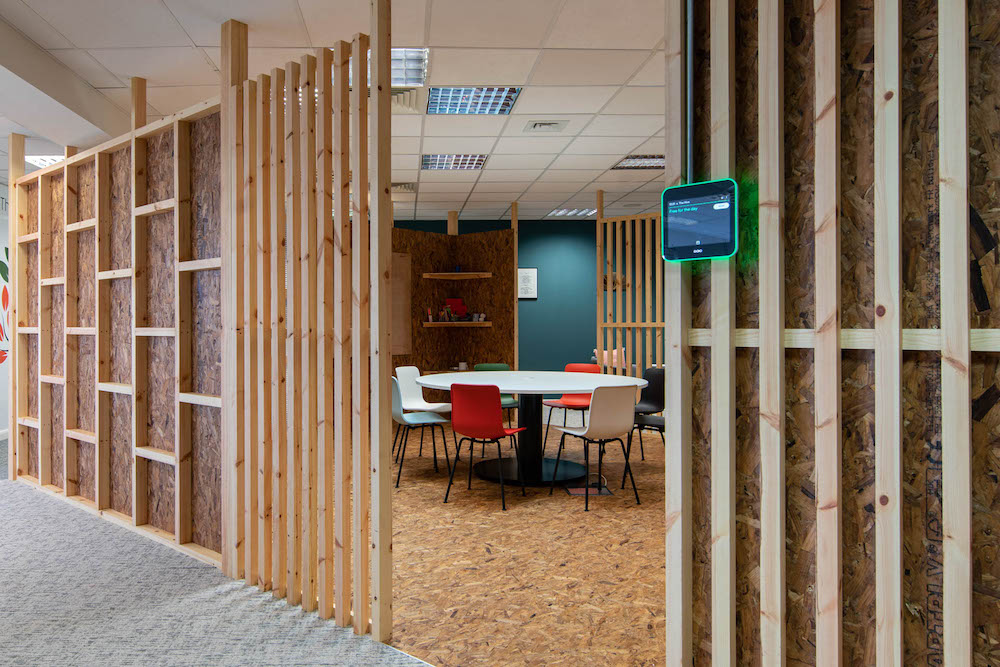
Supporting employee safety
The UK and US are aiming to have offered all adults a vaccine by Q3 2021 at the latest, so it seems fair to work to the assumption that most people will have a layer of protection by then. Yet the office itself will still have a major role to play in supporting employee safety.
Workplace consultants can help advise on how employee safety measures can be brought in without these implementations being overwhelming. Starting from adding in simple, but effective, hygiene measures such as hand sanitizing stations throughout a building, to implementing technology to help avoid frequent touchpoints — such as automatic doors.
Meanwhile, clever design can prompt employees to follow a one-way system without the need for obstructive signage, creating a safe space without compromising on aesthetics. This will be especially important in high-traffic areas like lobbies and stairwells.
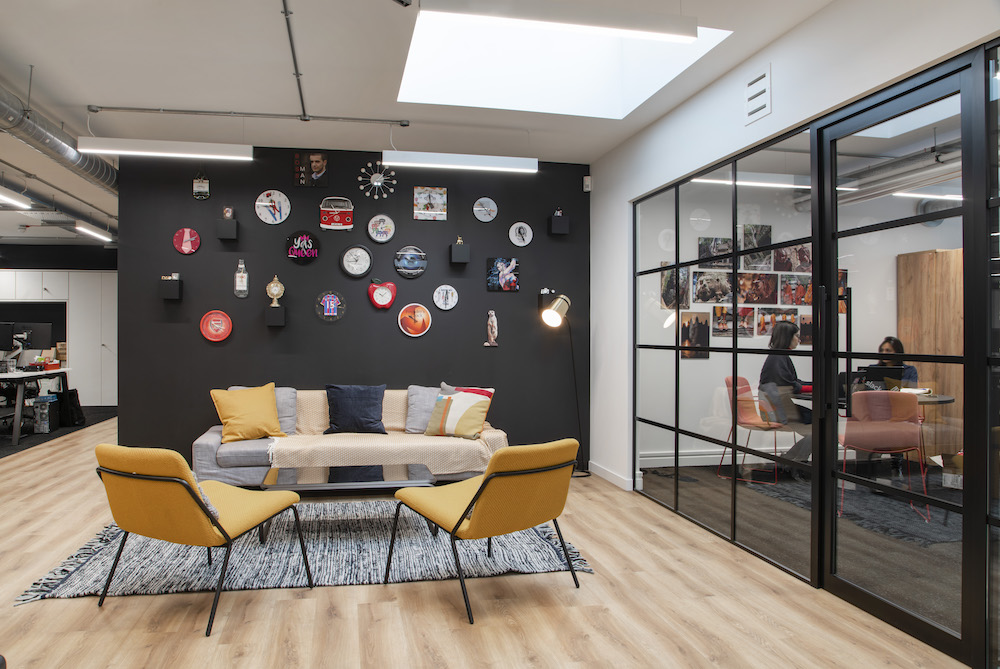
Wellbeing comes first
Managers are faced with a growing task when it comes to supporting employee mental health and wellbeing. After a year or more of remote working, combined with the stresses of homeschooling children, supporting wider family and living through a global pandemic, employees will be in need of understanding and support from their employers. Recent data in the UK from the ONS shows approximately 7.4 million people reported loneliness had affected their wellbeing in the past year, whilst working-age adults living alone were more likely to report loneliness both “often or always”.
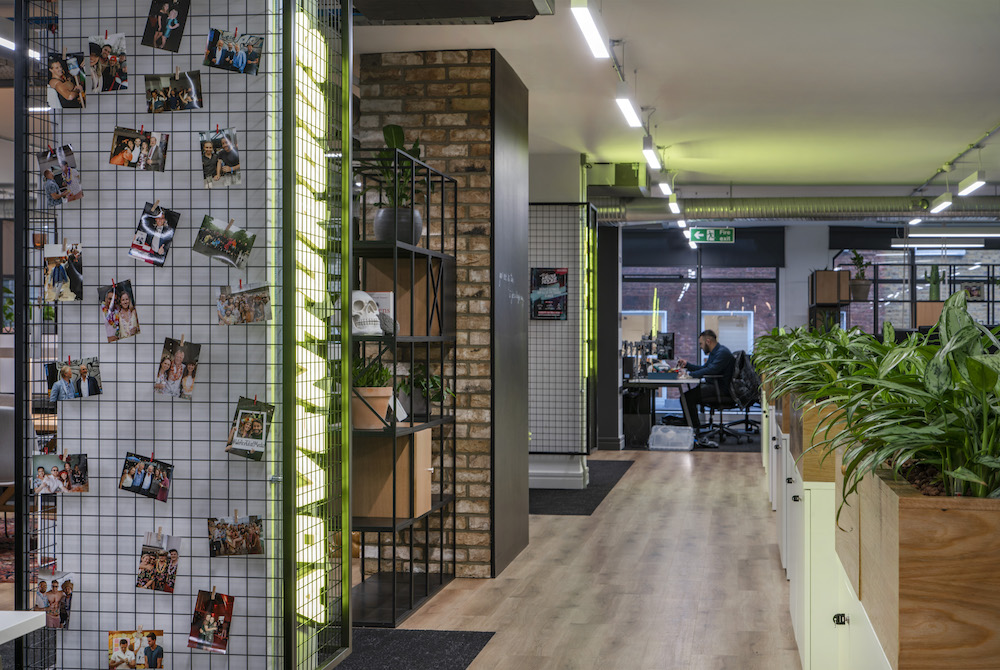
Again, the physical workspace has a role to play here. By creating a calm, productive and social atmosphere away from the home, where employees can mix with colleagues and share ideas, companies can offer a break from the monotony of home working — while also benefiting productivity and quality of work. Another important aspect to keep in mind is how younger members of businesses have fared with working from home as well, particularly in larger cities like New York and London, as they may often be living with roommates or in shared accommodation. Working in the office can give them more space, more focus and even more relaxation.
As many of us begin to feel more confident and reassured to return to the office, the role of carefully considered design which prioritizes employee safety, comfort and also maximizes wellbeing, is key. Now, more than ever, workplace strategy teams have an important part to play in helping to give clients the consultancy they need throughout the design and build process to ensure they get the very best out of their workspaces.

